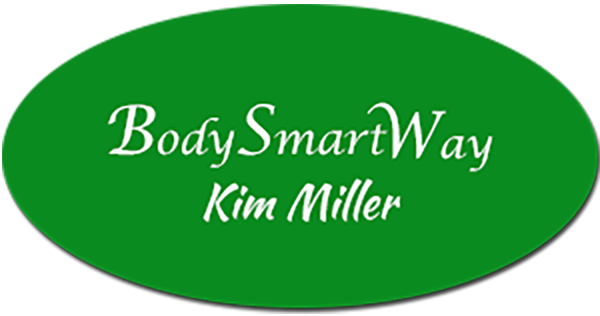
Use Correct Form
Proper exercise form is always important, but is critical when coming back from an injury. At the very least, review the correct form for any exercise that involves the previously injured spot.
Regardless of the exercise, these cues will help you maintain good form:
1. Keep your spine straight and extended with a high chest. This ensures good posture without overcorrecting.
2. Relax your shoulders. Stress and computer time make shoulders and chest muscles tight. Keep a high chest and let your shoulders feel down and back.
3. Move from your hips. During full-body and lower-body exercises, movement initiates from your hips. Keep your spine long and move from the hips to avoid lower-back involvement.
Right Exercises Are Key
Take your exercises down a notch, even though you may not want to. Trust it is exactly what you need to do when returning to workouts post-injury. Either choose an exercise that is less challenging than the exercises you did pre-injury or choose to limit the weight and range of motion of the exercises.
For instance, when coming back from a knee injury, decrease the weight of your squats and then only squat down as far as you can while remaining pain-free. When first coming back, you may even want to remove the weights altogether and limit yourself to bodyweight exercises.
Then, every time you do squats, test your range of motion to see if you can get a little lower without pain. Over time, you’ll be able to reach full range of motion. You can then safely increase the amount of weight you are lifting.
My Friend’s name is Pain

Pain is your body’s way of letting you know that something is wrong. Stay away from painkillers before your workout so you can listen to your body. If your injury site hurts while you are working out, you may be doing more harm than good. But also note that there is a fine line and sometimes pain subsides as you do a few more reps. Be smart and keep the weight minimal as you make note of your increased, same, or increased pain the next day. Notice pain during an exercise? Try any or all of these tips:
1. Limit your range of motion to stay in a pain-free range.
2. Switch to a different, pain-free exercise.
3. Decrease the amount of weight you are using.
This can be the tricky part of getting back to workouts. If you have a limited knowledge of exercise modification or variety, you may have a hard time finding a pain-free exercise that also strengthens the previously injured area. If that happens, give me a call and I will be happy to get you through your injury in a smart progressive manner.
Be Active During Recovery

Active recovery post-workout can mean several things depending on your goals. Post-injury, I recommend the following:
- Weekly massage, or use a foam roller for deep-tissue massage to the muscles around the injury.
- Ice! Ice is the miracle “drug” and a post-workout ice pack for 20 minutes or a swim in a cold pool are great ways to get the benefits of the cold.
- Stay hydrated and eat well. Make sure you are drinking enough water every day and getting the nutrients you need for your exercise level.
- Stretch. End your workouts with a foam roller and stretch routine for the muscles surrounding your injury. Focus on deep, long stretches. Hold the stretch for at least 60 seconds. Restorative yoga with a qualified instructor can be a huge benefit to people who are recovering from injury and understand the need for active recovery.
All My Best,
Kim


